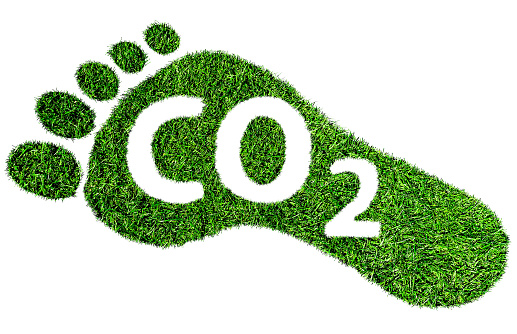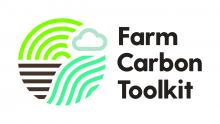Carbon farming is a type of agriculture that involves practices and techniques designed to increase the amount of carbon sequestered in the soil. This can be achieved through a variety of means, such as planting cover crops, using organic fertilizers, reducing tillage, and using conservation tillage practices. Carbon farming has several potential benefits, including improved soil health, increased crop yields, and reduced greenhouse gas emissions. In addition, carbon farming can help farmers meet the growing demand for sustainably-produced food. By sequestering carbon in the soil, farmers can help mitigate the effects of climate change and contribute to the development of a more sustainable agricultural system. Overall, carbon farming represents a promising approach to improving the environmental sustainability of agriculture.
This summary was written by OpenAI's ChatGPT - If you can do better then please join the page and edit!
This page is to share useful perspectives, resources and connections to help farmers navigate this rapidly developing area.
Give your comments below, or connect your organisation, initiative or resource.















Discussion
Read Farmers Weekly article on Carbon Farming here - https://www.fwi.co.uk/arable/land-preparation/soils/will-soil-carbon-be-the-next-big-crop-for-growers
Great new article from Mike on 6 soil carbon schemes for farmers to consider - published 25/10/22 - https://www.fwi.co.uk/business/business-management/agricultural-transition/the-carbon-trading-conundrum-risk-or-revenue-generator
Can anyone explain why the standard UK calculation adopted for estimating above ground carbon return from crop includes 'harvest index' and 'above ground residue retained after harvest'? Is harvest index always based on "grain" yield (thus for flax harvest index is given as 0.38 while above ground residue retained is 0.2 while for most crops the two are similar). This seems odd since the harvested component of the flax is the stem and root.